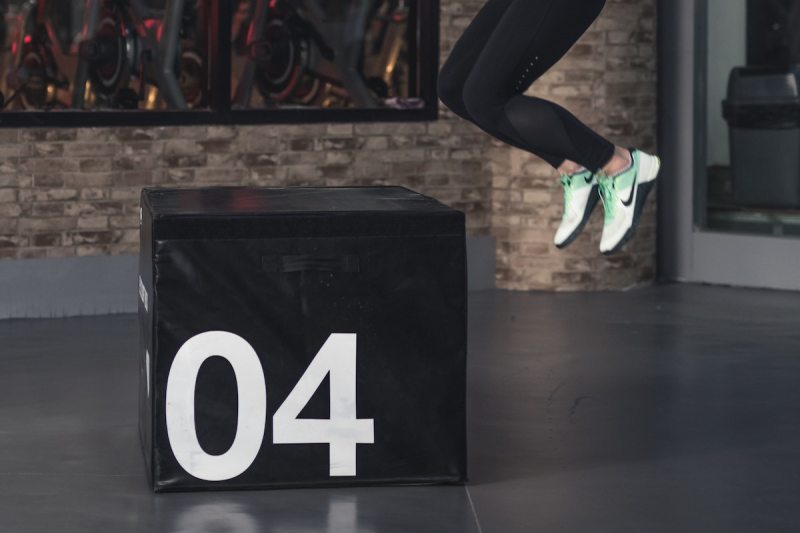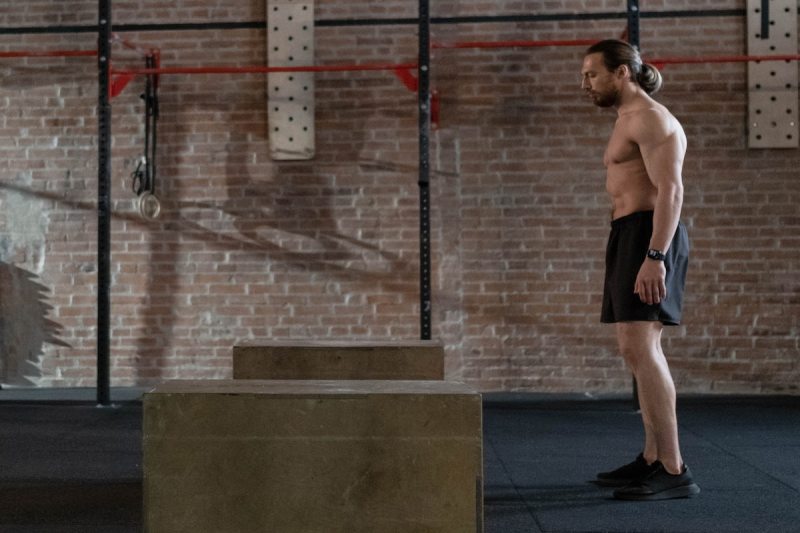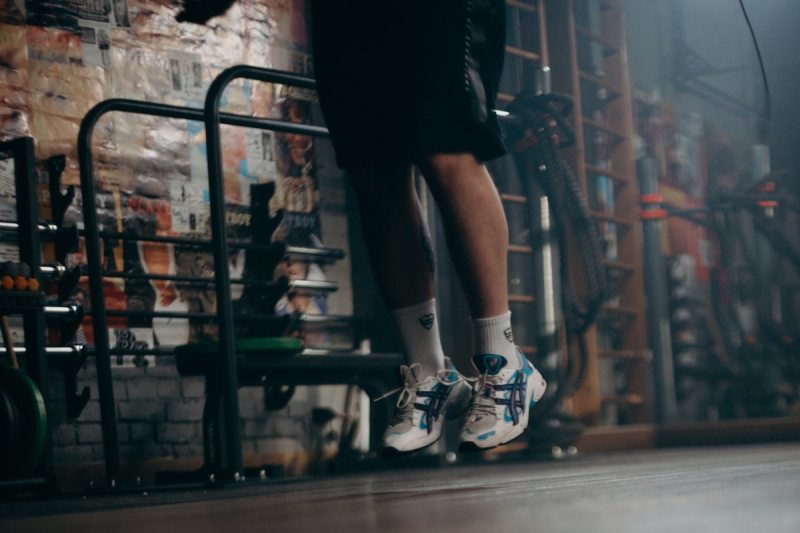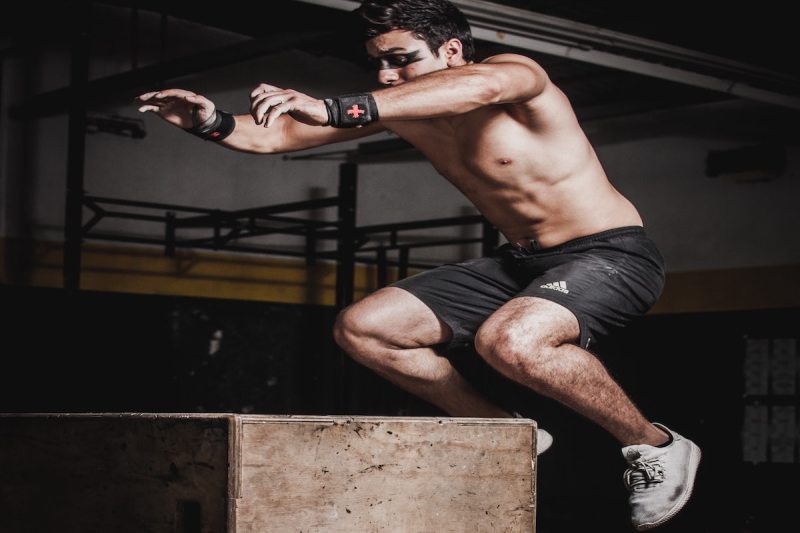If you routinely head to the gym and warm up with some low-impact exercise and then hit the weights, or maybe you’re a runner, cyclist, or if you are a hiker and tend to head into the great outdoors for your workout, your workout routine may be missing a highly effective form of exercise, one that can develop speed, power, and strength while helping prevent future injuries—plyometrics.
Plyometric training involves explosive jumping, bounding, and other exercises that require rapid force production. Oftentimes, plyometric exercises are overlooked by recreational athletes, endurance athletes, and guys just looking to work out enough to stay relatively fit, but sprinkling in plyometrics into your workout routine can provide a range of unique fitness and health benefits that no amount of standard strength training exercises or cardio can replicate.
Plyometric exercises can look intimidating, but there are several plyometrics that are fairly easy to master and are safe and appropriate for beginners. Moreover, the training time you need to invest in plyometrics is minimal because they are quick, explosive moves and you only need to perform a few plyometric exercises a week to become a fitter and stronger athlete. Keep reading for our beginner’s guide to plyometric training to help you get started jumping, bounding, and skipping your way to better fitness.
What Are Plyometric Exercises?

The benefits of plyometrics include increased power, muscle building, improving balance and coordination, and much much more. Plyometric exercises provide a different training stimulus to your musculoskeletal and neuromuscular systems than other forms of resistance training and are certainly quite different than aerobic training.
Plyometrics Safety and Contraindications

Plyometrics can be safe and effective for most individuals regardless of fitness level or age. This is because the difficulty and intensity of your plyometric training can be modified by selecting easier or more challenging exercises and selecting an appropriate volume (frequency of performing plyometrics and number of sets and reps performed). For example, a young, fit, healthy athlete may be able to take on 2-3 sets of 10 weighted box jumps whereas an older, frailer individual could try 15 meters of gentle skipping or even vigorous marching in place, both of which can be considered to be plyometrics. That said, there are a few general contraindications to performing plyometrics such as fracture, acute or chronic injuries, sprains or strains, significant arthritis, or pain. Consult your physician, physical therapist, or trainer if you have concerns or any pain or discomfort when exercising in general prior to attempting plyometrics.
Furthermore, for safety and to reduce the risk of injury, it’s imperative to allow your body ample rest time between sets of plyometric exercises and gradually add these explosive exercises to your workout routine. In other words, don’t suddenly ramp up to vigorously jumping every day; take rest days and listen to your body as you introduce plyometrics into your exercise program.
How to Perform Plyometrics

Plyometrics are intended to be vigorous, explosive movements with maximal force generation. For this reason, they work very well in HIIT workouts. When performing plyometrics, remember that intensity is key; it’s better to do fewer reps and sets at a faster pace and higher intensity than to drag out a set into more of an endurance exercise. Jump your highest, explode your fastest, and push yourself with the mindset of “this is a sprint, not a marathon.”
Best Plyometric Exercises for Beginners
Chances are, you’ve already done one or more plyometric exercises in your past, perhaps unknowingly. There are plenty of variations and advanced progressions for these explosive moves, but we chose five of the best plyometrics for beginners and have described them below. Each of these exercises requires only your body weight, so you don’t even have to set foot in a gym to get a great, heart-pounding, muscle-strengthening workout.
Jump Squats
Jump squats are like regular squats except that a powerful vertical jump is added between each rep.
- Perform a squat by standing with your feet shoulder-width apart, core engaged, chest up, back straight, and then bending your knees and sitting your butt back as if reaching to sit in a chair.
- Push through your heels and then your midfoot and toes to explode upward as high as you can jump, straightening your knees and hips and using your arms to power your body up.
- As soon as you land, bend your knees to cushion the landing, transitioning immediately into a full squat to begin the cycle again.
- Move rapidly and powerfully from rep to rep.
Burpees
If you know how to do burpees, you know people have a love-hate relationship with them because they are quite challenging but give you a big fitness payoff for your efforts. Burpees are essentially a full push-up followed by a jump squat cycled continuously together. The jump squats component is what makes them a plyometric exercise. Here are the steps that go into a burpee:
- Perform a full squat as described above.
- Drop your hands to the ground in front of your body about shoulder-width apart.
- Shift your weight to your palms and jump your feet back behind you so that you’re in a proper push-up position with your weight on your hands and toes.
- Complete one full push-up by bending your elbows to 90 degrees and lowering your chest towards the ground (without touching it) and then pushing through your palms to raise your body back up until your elbows are extended by not locked out.
- Press into your palms and jump your feet forward towards your hands, springing your body up into the highest vertical jump, reaching up towards the ceiling.
- As soon as you land, bend your knees to cushion the landing, transitioning immediately into a full squat to begin the cycle again.
Box Jumps

Box jumps work your quads, glutes, calves, hips, and hamstrings and will get your heart rate up. Choose a box that’s 8-10 inches high at first and progress to increasingly taller boxes.
- Stand facing the box with your feet shoulder-width apart, arms at your side, and knees bent slightly.
- Squat down and then use your arms to drive your body upward such that you land both feet on the box.
- Jump backward back down and repeat.
Plyometric Push-Ups
Plyometric exercises don’t have to be just for your lower body. This challenging push-up exercise requires you to create enough power to get both hands off the floor simultaneously so you can clap between reps. It’s a great move for developing power, strength, and speed in your arms and chest.
- Start in a standard push-up position with your core engaged your hips in line with your body such that you’re in a straight line from your head to your heels.
- Lower your body as you would with a normal push-up by bending your elbows and bringing your chest towards the floor.
- On the way up, press forcefully into the ground to propel your entire upper body and hands off the ground (your feet remain on the ground).
- Quickly clap your hands together under your chest and then get them back into position—shoulder-width apart—to catch you on your landing.
- Move continuously and rapidly into the next push-up by bending your elbows and dropping your chest towards the ground without fully touching it.
Bounding
Bounding can be visualized as exaggerated skipping. You’ll want to strive for as much vertical height as you can with each skip.
- Use your arms and engage your core to skip forward and upward, springing from your calves.
- Reach towards the sky with each bound.




